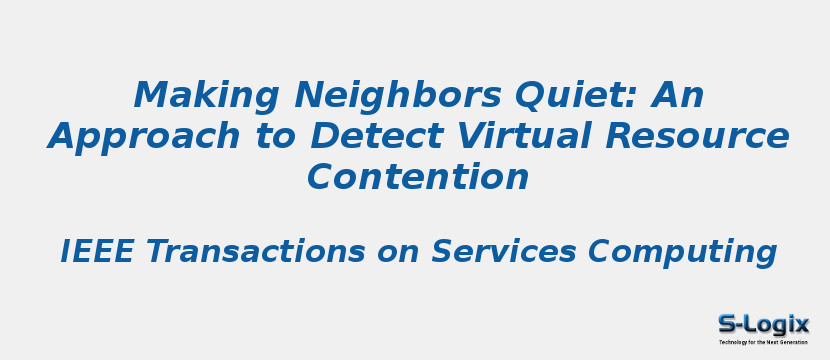Research Area: Cloud Computing
It is imperative for public cloud providers to guarantee performance targets for tenants virtual machines (VMs) while respecting strict business confidentiality, e.g., having no information on applications nor their performance. A large body of related work addresses the challenges of detecting performance interferences by leveraging clients quality of service (QoS) metrics, e.g., latency, and additional profiling servers. In this paper, we take the perspective of the cloud provider and propose a general black-box approach that detects different resource contentions by throttling neighboring VMs. Specifically, we design a three-phase detection algorithm that includes: (i) an alarm phase to identify statistical outliers using control charts; (ii) a passive clustering phase to match the current sample to historical behaviors; and (iii) an active throttling phase to discern contentions from application phase changes via throttling. The algorithm is specifically designed for scenarios where multiple co-located VMs request detection analysis simultaneously. We implement and evaluate the proposed three-phase algorithm on four latency sensitive applications, i.e., Wikimedia and three benchmarks from Cloudsuite. Our extensive experimental results show that we can reach an average detection accuracy above 90 percent while limiting the performance degradation experienced by offender workloads to short learning phases.
Keywords:
Author(s) Name: Joel Vallone; Robert Birke and Lydia Y. Chen
Journal name: IEEE Transactions on Services Computing
Conferrence name:
Publisher name: IEEE
DOI: 10.1109/TSC.2017.2720742
Volume Information: Volume: 13, Issue: 5, Sept.-Oct. 1 2020,Page(s): 843 - 856
